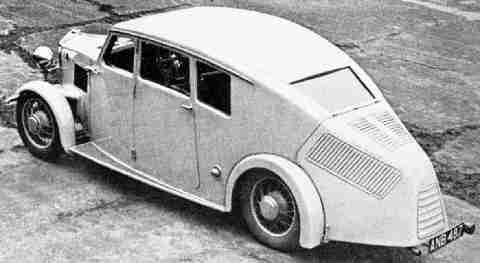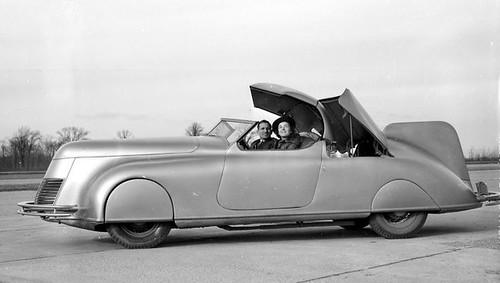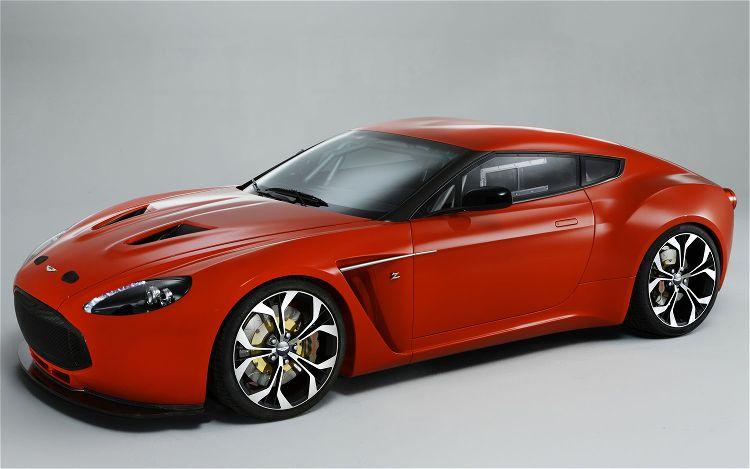Later, designers came up with the concept of streamlining. This style was originally influenced by Art Deco, but unlike this movement which mostly consisted of upwards movements and geometric and angular shapes, streamlining was more simplified yet infused a sense of dynamism, it was much more curved and organic.
It's thought that streamlining is Art Deco on the move. This is because this particular movement makes the object look like it is moving when it's not. This idea was not applied to transportation vehicles only, but to every product designed.
 |
| Add caption |
 |
| Plane interiors over the years, second picture from the streamlining era.
A common influence was the teardrop, its curves unconsciously show movement. This tear-drop shape helped when it came to transportation vehicles. Due to this smooth, pointy shape, it helped vehicles go faster without any extra fuel consumption.
|
 |
| Crossley streamline car 1930s |
 |
| Da LaLee and his teardrop shape car 1938
After the 1920's, America started to look at the streamlining movement as modern and as a new profession of industrial design.
This new movement was all about speed lines and repeated horizontal lines to suggest the product streaks through space. The shapes and forms rarely followed any function. Aesthetics was more important at the time. It gave technology a better look and feel. This helped to sell consumer goods, especially technological products.
Streamlining nowadays
 |

 |
| The Exelero Car, a modern interpretation of a legendary sports car from the 1930's which disappeared in WW11 |
Budd Steinhilber. (2011). /. Available: http://www.industrialdesignhistory.com/node/1022. Last accessed 14th january 2014.
No comments:
Post a Comment